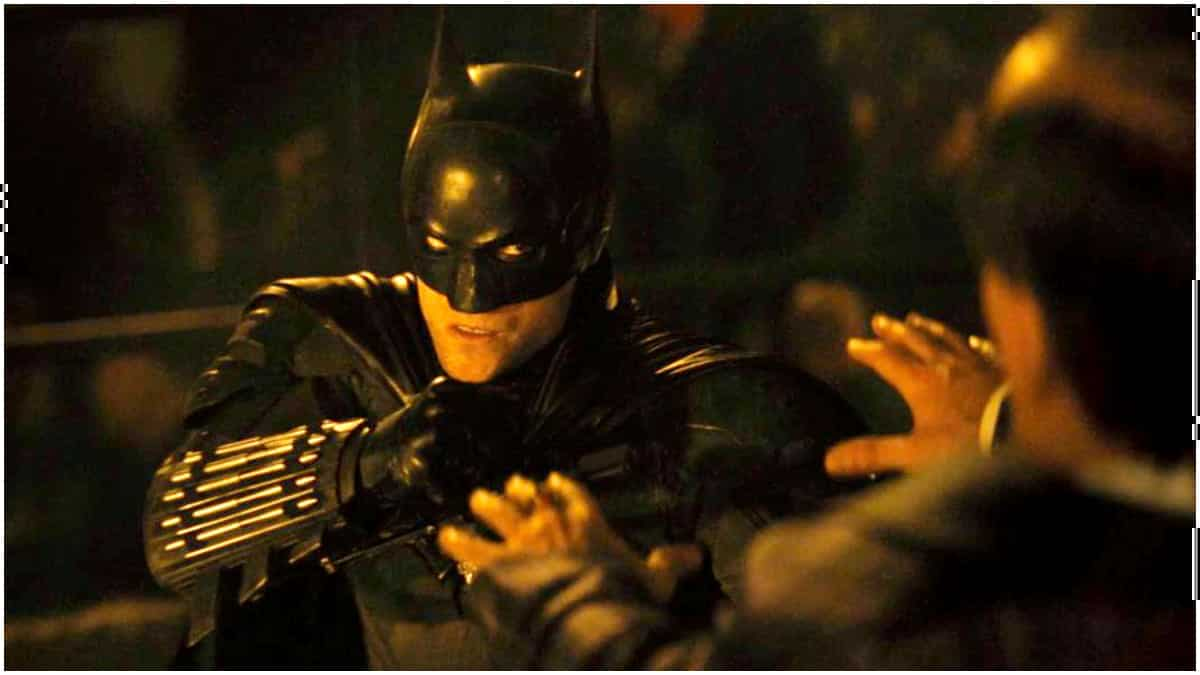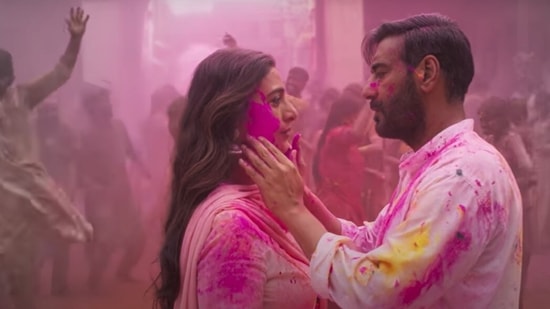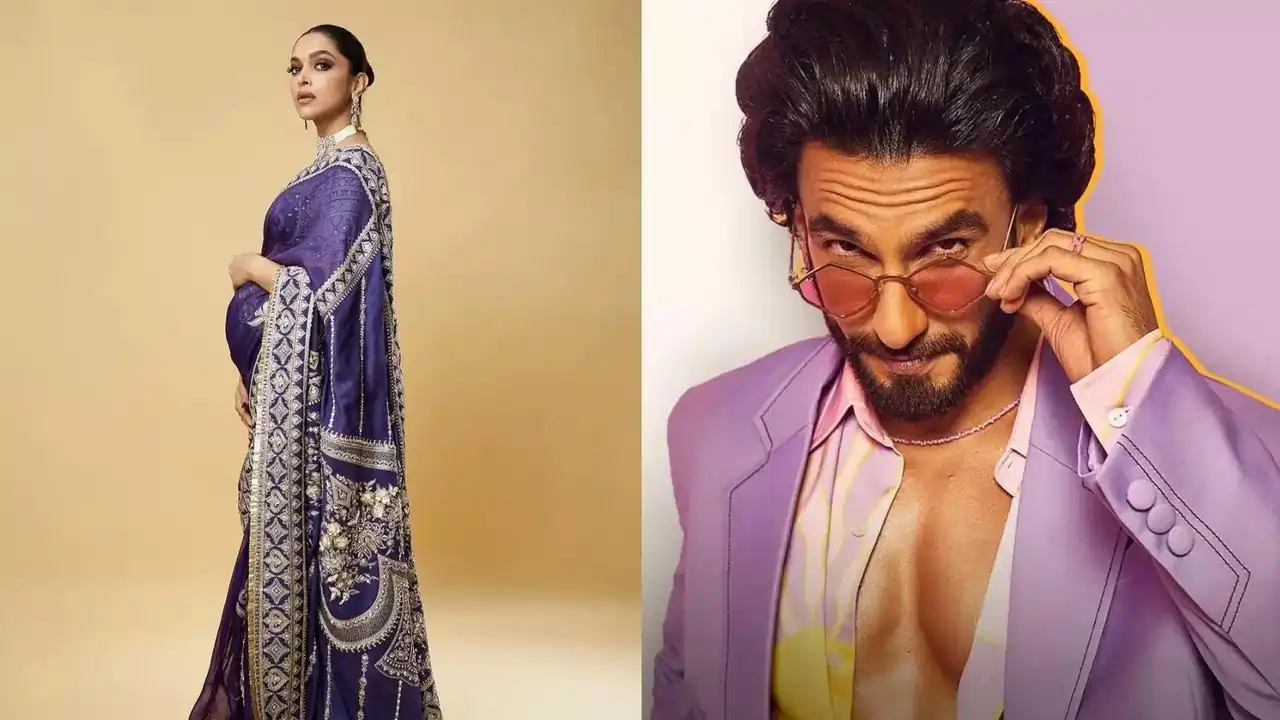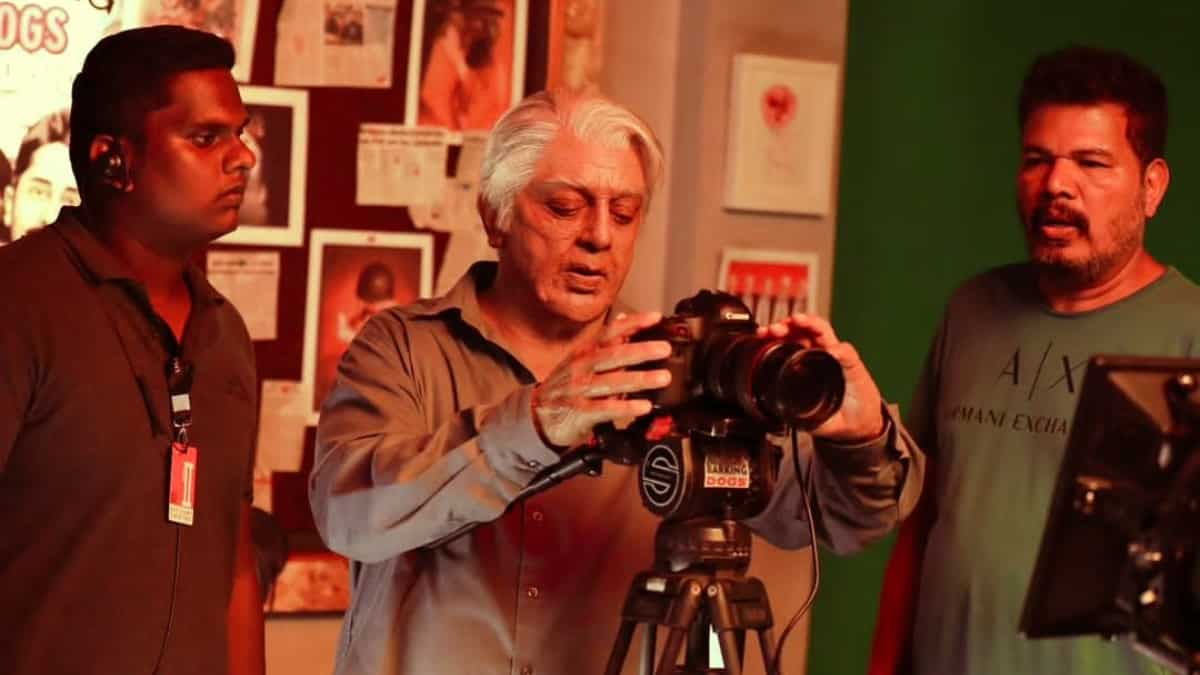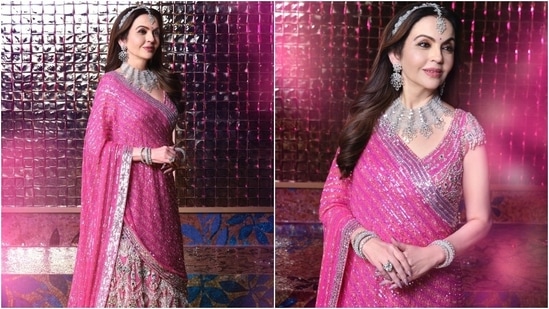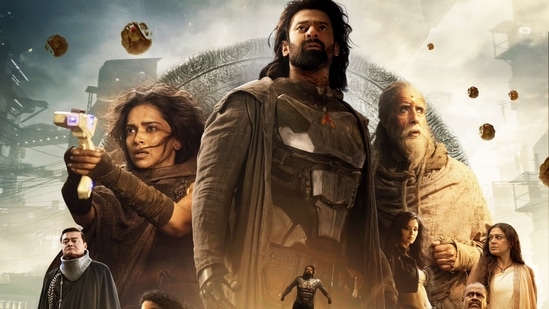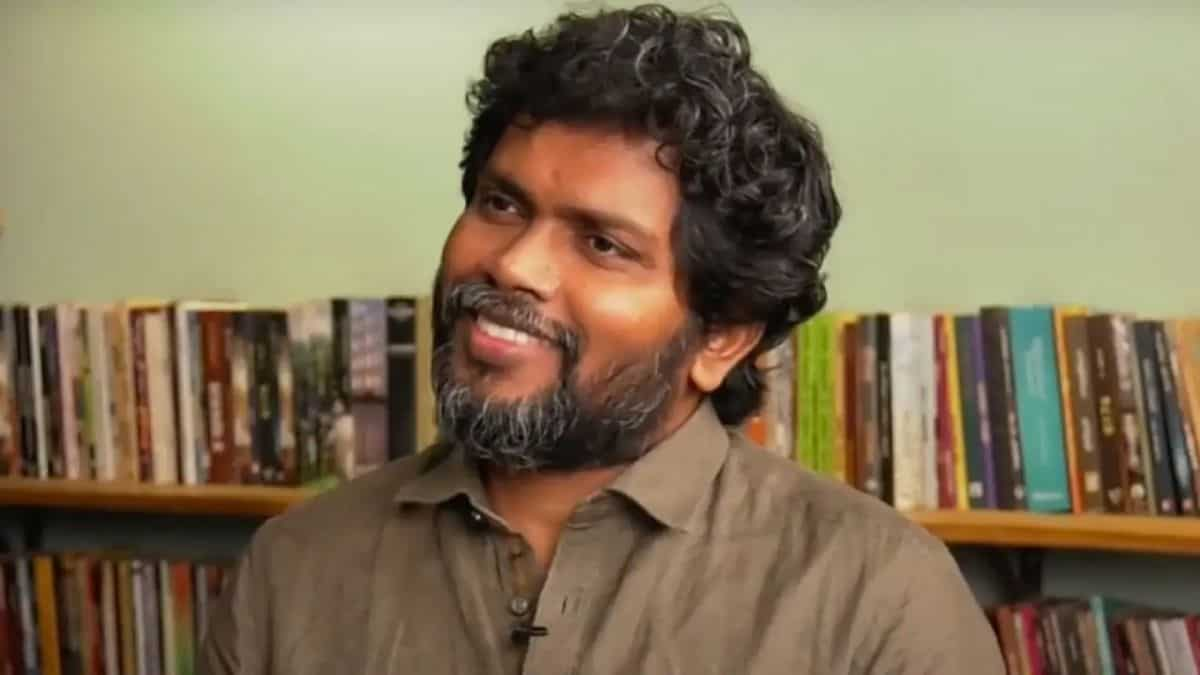
From Attakathi to Sarpatta Parambarai, cinema of Pa Ranjith, the voice of the voiceless
2 days ago | 8 Views
“Who am I in this society?”
This was perhaps a burning question that a young Pa Ranjith wrestled with before he got into cinema. Though, it wasn’t a question that he could easily answer.
As a child, he realised that things were not what they were meant to be, from the well in the village which he wasn't allowed to use, to the shopkeeper who never dropped the change in his hands, but placed it on the counter instead. And most importantly, he realised his house was part of a ‘colony’ - a euphemism for the Tamil term ‘Seri’ or a ‘Dalit Slum’ - which was far removed from where the others lived.
It is no wonder that the question about his place in society haunted him right through his childhood. It was only later, once he entered college, that the oppression faced by Dalits started to dawn on him.
“How am I represented in cinema?”
In various interviews and articles, Pa Ranjith has said that he was moved by two films that he saw in his younger days. They were The Battle Of Algiers and Malcolm X. While The Battle Of Algiers examined the quintessence of freedom, Spike Lee’s Malcolm X immortalised the man who gave Black Americans a voice and helped fight white oppression “by any means necessary.” It was a tenet far removed from the more passive ways of Martin Luther King Jr, but it was one that caught young Pa Ranjith’s attention.
Importantly, these were films that pushed him to ask a pertinent question about how Dalits were being represented in Tamil cinema. And the answer was abysmal, to say the least. The Dalit in Tamil cinema was a sidekick, a passing character. He came alive when the village mourned someone’s death. Like in real life, the Dalit identity was being pushed under the carpet in reel life too — consciously or unconsciously.
Pa Ranjith realised someone needed to step up and talk about the community in an unfettered manner.
“How do I narrate my philosophy?”
From Attakathi, his debut film, up to Sarpatta Parambarai, his latest flick, Pa Ranjith drives home his ideology by fearlessly discussing the lifestyle of Dalits. Beef sits cheek by jowl with the characters in a scene from Attakathi. It’s the food they eat, it’s part of their culture. While he showed a bit of restraint in Attakathi, the director in him really broke out of his shell with Madras. He used the wall as a brilliant metaphor to discuss the goings-on in Tamil politics, and how it affects marginalised societies. With Kabali and Kaala, he hit the mainstream, as he managed to get superstar Rajinikanth to feature in them. Although Rajinikanth is on the other end of the political spectrum, getting him and the masses that follow him to espouse Ranjith’s ideology was a masterstroke.
Through Kabali, Ranjith spoke about labour rights issues; in Kaala, he tackled the land grabbing menace that’s a scourge among the underprivileged; and recently in Sarpatta Parambarai, the menacingly shot and narrated sports drama, Pa Ranjith draws a potent illustration of how the struggle for emancipation is ridden with forces that seek to destroy you. For every Kabilan (the lead protagonist in Sarpatta Parambarai), who emerges victorious in the end, there are many who are pushed into the cesspit of violence and crime.
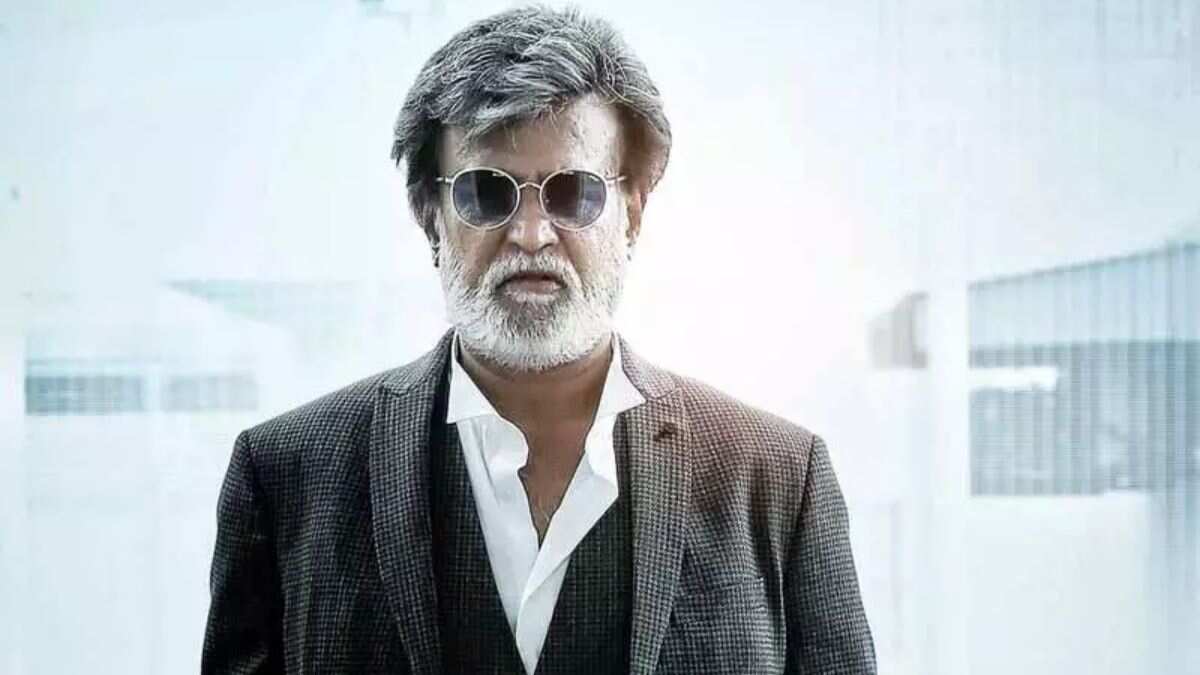
“How can I visually enhance my point of view?”
The visual grammar in a Pa Ranjith film is something that he deftly weaves in to make his statements even more powerful. From the days of yore, people have been instantly drawn to colours and symbols.
The colour blue, a visual metaphor for Dalit identity, is resplendent across his films. For instance, in Kaala, the visual palette is primarily crafted around four colours: black, white, red and blue. Interestingly, he subverts the common perception of white being a colour for purity - by making the villain and politician, Hari Dada, adorn white clothes. And black, a colour that sits well with goondagiri (hooliganism), is worn by the do-gooder, Kaala, played by Rajini. The final fight sequence, which has been beautifully choreographed in a rich tapestry of colours, is where Pa Ranjith unravels his politics. Blue, black and red fill the screen, announcing victory. It’s a symbolic interpretation of Dalit imagery (blue), Dravidian politics (black) and Leftist ideology (red) overcoming suppression.

Pa Ranjith is also someone who doesn’t pull his punches with colours, in the boxer sports film, Sarpatta Parambarai. The red and black colour of the DMK party is shown overtly in the initial sequences of the film. Although the narrative praises the DMK party and its president for taking on the central government during the Emergency, their sheen wears out slowly as the film progresses. For true Dalit emancipation, Ranjith establishes a hard truth: it’s just them in the fight. Kabilan’s victory in the closing fight is a shift to blue. The trunks of the victorious boxer has a streak of blue - a symbol that finally rises above all the other colours.
“What can be done to popularise this movement?”
Pa Ranjith understood that the struggle of the oppressed - if it is to get a greater traction
- needs to go far beyond the cinema that he makes. This gave rise to Neelam Productions. As a producer, he is in a position to put his popularity and money behind work created by like-minded folks, on emancipatory cinema, made for the Dalit community. This led to hard-hitting documentaries like Dr Shoe Maker and Beware of Castes: Mirchpur. He also provided the canvas for Mari Selvaraj to direct Pariyerum Perumal, under the Neelam banner.
With Neelam Panpaatu Maiyam (Neelam Cultural Centre), Pa Ranjith brings out the struggle of Dalits through evocative and innovative ways. Art festivals, sculpture workshops and film festivals are regularly organised to take Dalit stories to the masses. Neelam Cultural Centre’s biggest success, however, has been with the Casteless Collective - a band started by Pa Ranjith in collaboration with Tenma’s label, Madras Records. The name, Casteless Collective, was inspired by a phrase, ‘Jathee Betha Matra Tamizhargal’ (Tamilians devoid of caste), popularised by an anti-caste activist and writer, C Iyothee Thass.
Ultimately, Pa Ranjith is striving for an egalitarian society where caste discrimination is a thing of the past. Much as it sounds improbable, the reassuring fact is that the conversations have started. And for that, we have his movies to thank.
Read Also: from baahubali to kalki 2898 ad; prabhas films entered the 500 crore club
#


